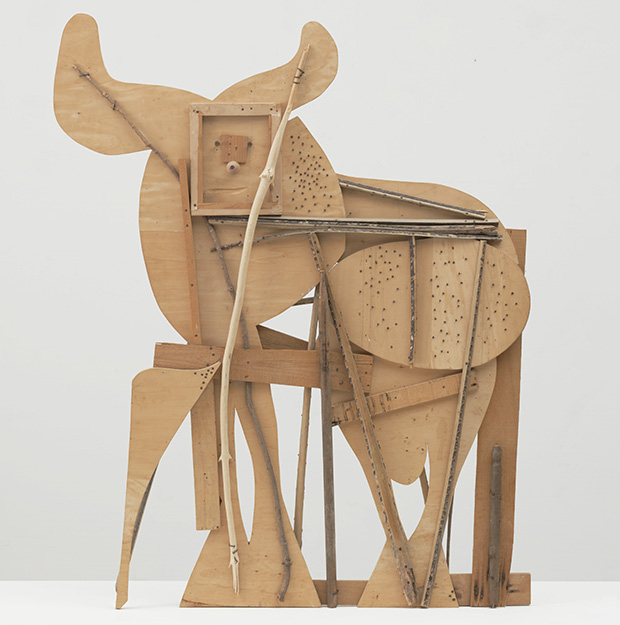
Seeing Picasso in three dimensions
Could MoMA’s forthcoming show prove that Pablo’s sculptural works were as innovative as his paintings?
Pablo Picasso’s father, José Ruiz y Blasco, was a painter and an art tutor, who saw that his son’s nascent talent would surpass his own, and ensured the boy was taught how to paint and draw from an early age. We know Picasso as the foremost painter of the 20th century, partly – though not exclusively – in thanks to this parental insight.
Sculpture was something Picasso never took formal instruction in, and, as the Museum of Modern Art’s curators claim in the notes for a forthcoming survey of his three-dimensional work, “he approached the medium with the freedom of a self-taught artist, ready to break all the rules.”
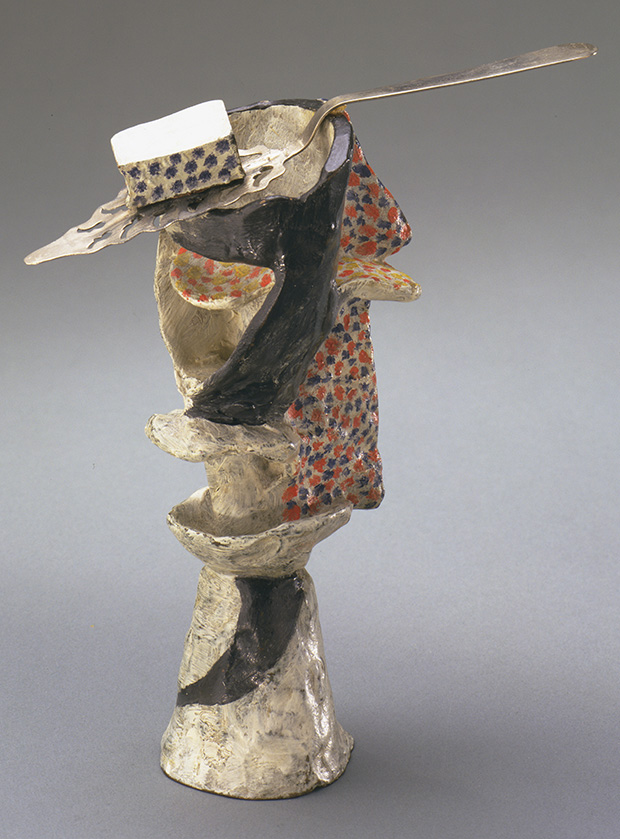
Picasso’s sculptures might not be as well known as his canvases, yet they are just as innovative, as author Judith Collins explains in our book, Sculpture Today. “Picasso’s materials and his methods were new in the history of sculpture,” Collins writes. “Carving and modelling were rejected in favour of rough constructions made from overlapping or intersecting planes.”
Collins cites Picasso’s angular, choppy Guitar sculpture from 1924 by way of explanation, which will be on display at MoMA’s Picasso Sculpture exhibition, when the show opens 14 September.
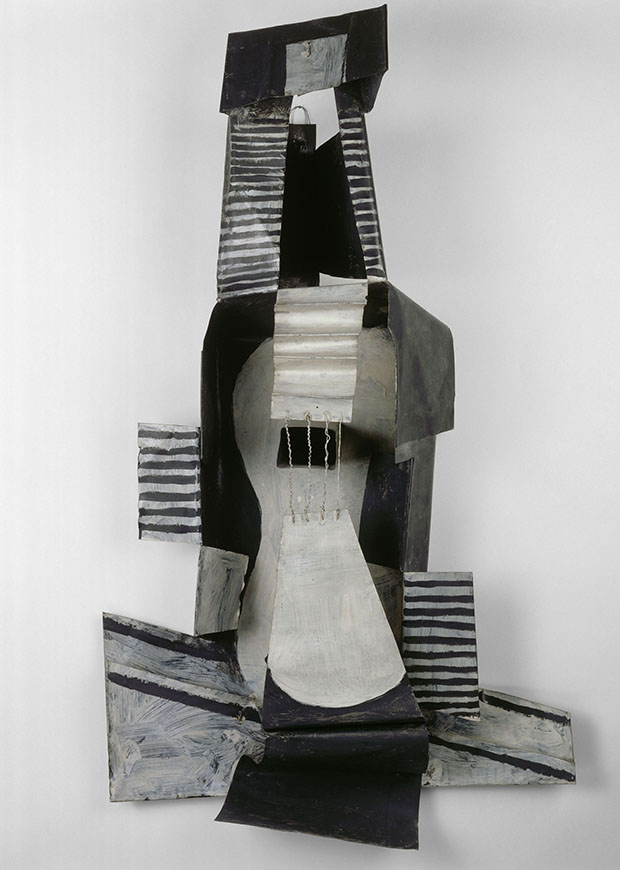
The show will be the largest museum exhibition of the artist’s sculptures to take place in the USA for nearly half a century, bringing together around 150 works pieces drawing from the artist’s entire career. The only comparable display to be held in the US was also staged at MoMA, back in 1967, entitled The Sculpture of Picasso, which remains the first and last staged on the continent to survey these works.
Many of the pieces are drawn from Picasso’s own collection, since the artist chose to retain most of his sculptures, making them a less familiar sight for the gallery-going public. Yet the show’s organisers argue that the sculptures were indeed exhibited during the artist’s lifetime, and played a fascinating role in Picasso’s public reception.
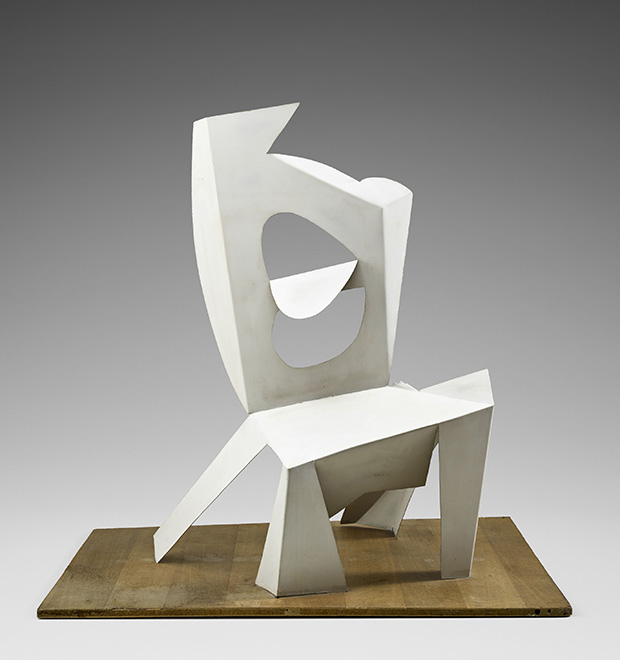
Despite any apparent lack of familiarity Picasso’s three-dimensional works, viewers will still recognise images recurrent in the artist’s paintings and drawings. There are bulls and fecund women, horny goats and stringed instruments.
At points the works almost seem more ground breaking than Picasso’s canvases; consider his Duchampian Bull’s Head from 1924, composed from a bicycle seat and handlebars, or the 1958 Bull constructed from plywood, a tree branch, nails, and screws, bringing to mind a Robert Rauschenberg piece. We might not have seen much of this before, yet Picasso Sculpture looks as if it will prove that the great artist flourished as an autodidact.
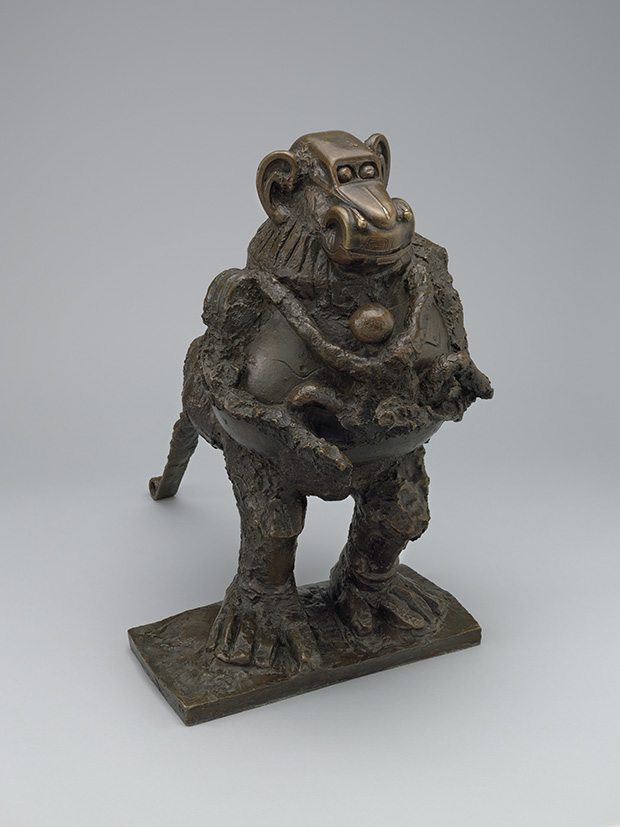
For more on the exhibition go here. For greater insight into this artist, consider our Colour Library edition; for more on this medium, get Sculpture Today and The Elements of Sculpture.